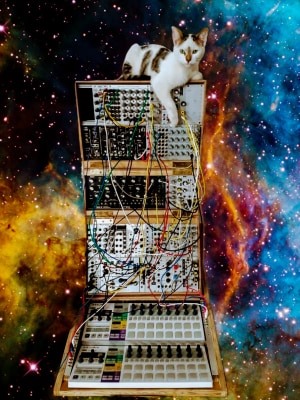
Frank proudly shows off a massive modular system anchored by a pair of Arturia BeatStep Pros. And in space to boot!
Submitted by Wellington Bär via our Facebook page.


Frank proudly shows off a massive modular system anchored by a pair of Arturia BeatStep Pros. And in space to boot!
Submitted by Wellington Bär via our Facebook page.
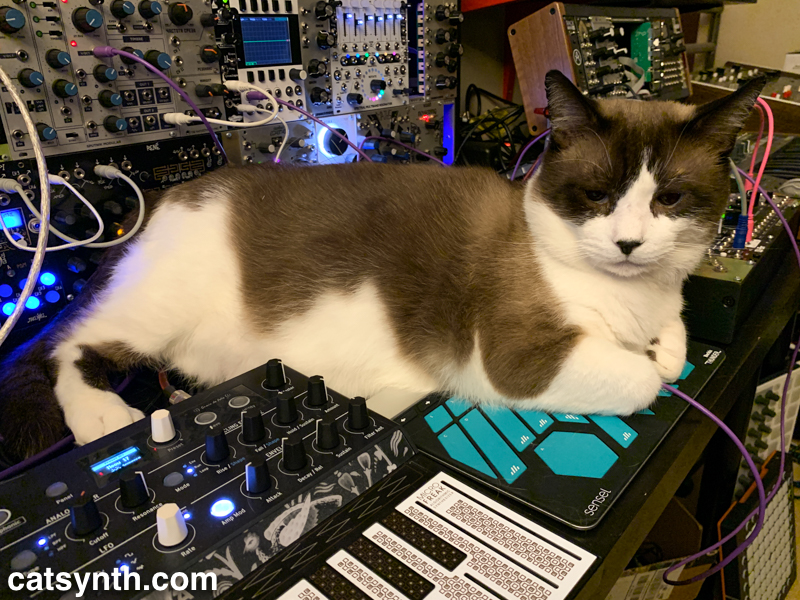
Our very own Big Merp is our featured cat as he sits in the middle of our demo rig featuring a Sensel Morph (with Buchla Thunder overlay), Arturia MicroFreak, and our modular synth setup.
If you haven’t already done so, please check out our recent video with Big Merp’s performance and our demo connecting the Sensel Morph to the modular via Max/MSP.
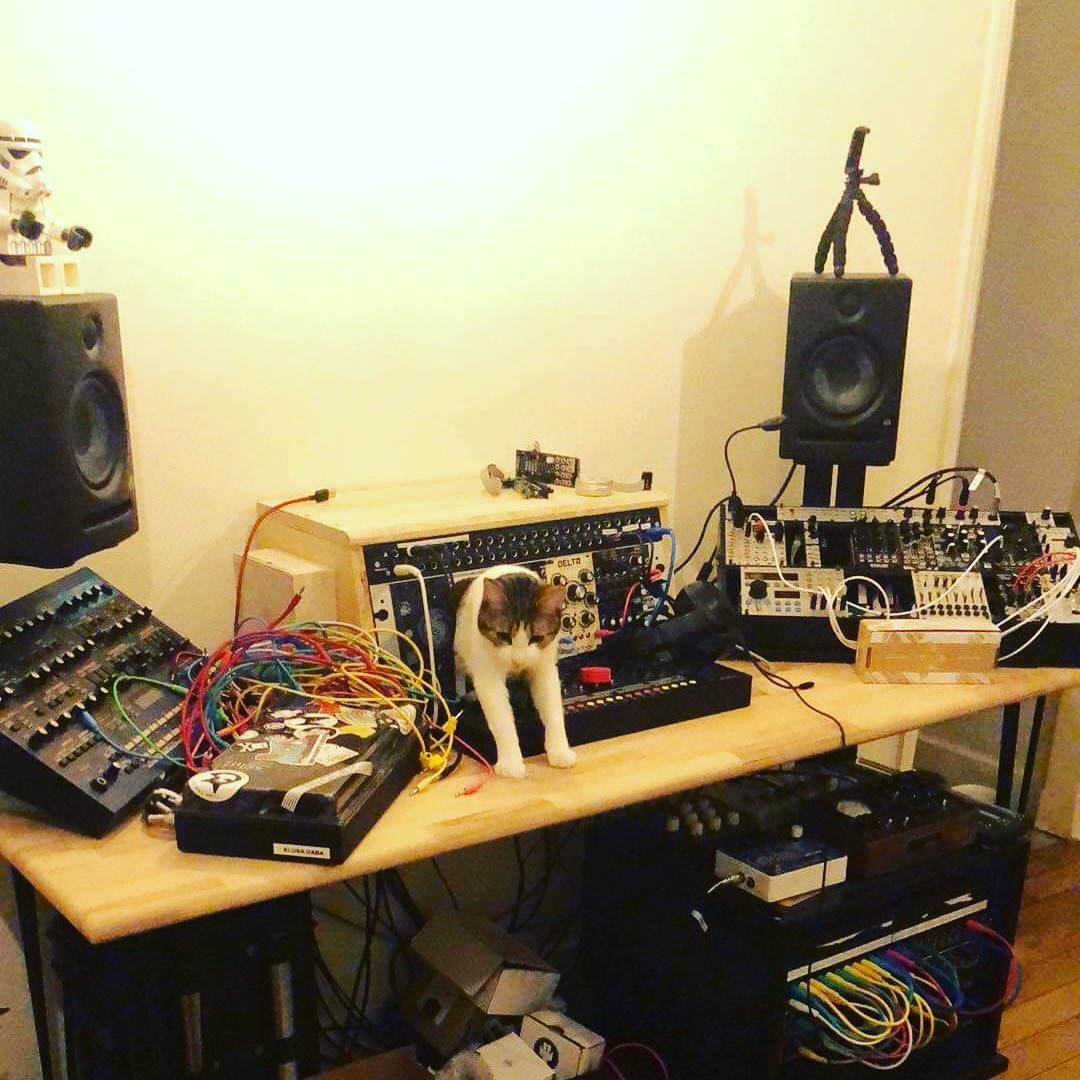
It looks like someone managed to integrate their cat into their Eurorack system. From klusa_daba_music via Instagram.
new kind of modular, sounds really organic 🦑🦑

Juno is back again this week; he clearly loves this blue Serge clone module. There are also quite a few other interesting modules in his collection, clearly a cat with good taste!
From Markus Welt via our Facebook page.
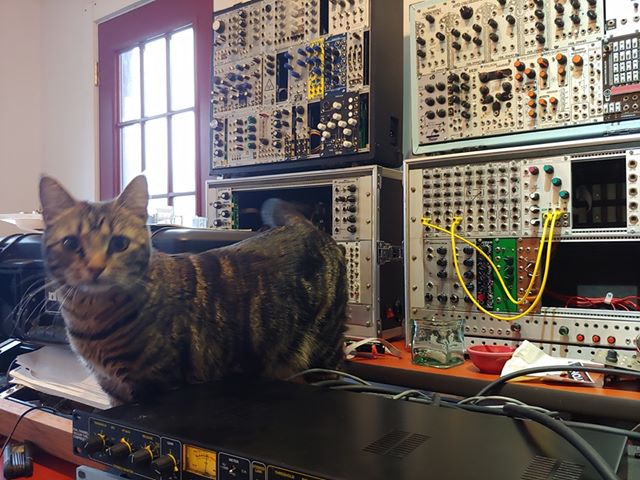
Coco sits in front of a rather large Eurorack modular system. Submitted by Daniel Warner via our Facebook page.
Identification of individual modules and brands left as an exercise to the reader.
From Sound Provider on YouTube, via matrixsynth.
“Total Studio Life experience today, I was doing some Mastering when my lovely cat propose me to do some experimental drone Music, So here is a part the result 😀
For people who are interested my kitty use a Diy “Garden Synth”, a DIY synth I build years ago after after watching Folktek Resonant or Luminist Garden from the genius Arius Blaze with H9 effects from Eventide and my old Tape delay the beautiful Roland Space Echo.
I build the ‘Garden Synth’ with one old random box + Guitar and Bass String and cheap Piezo Mics”
The Garden Synth reminds us a bit of our Pocket Gamelan.
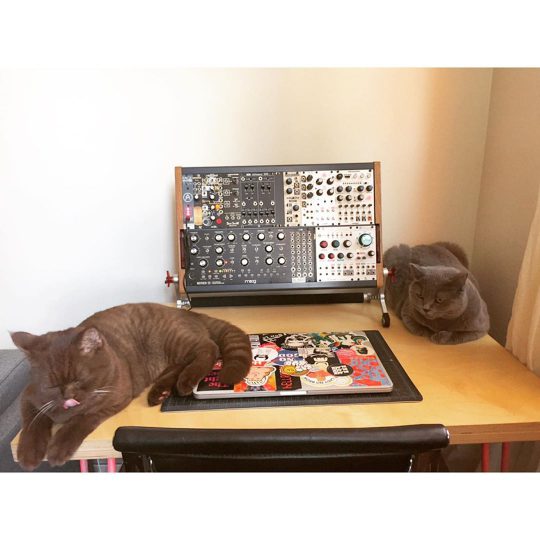
Zelda the Gray returns with her friend Murphy Brown and a modular system. I see a Moog Mother-32 along with offerings from Roland, Mutable Instruments, Sputnik, Make Noise, and more, housed in a 6U Arturia Rack Brute case. From zeldagraymurphybrown on Instagram.